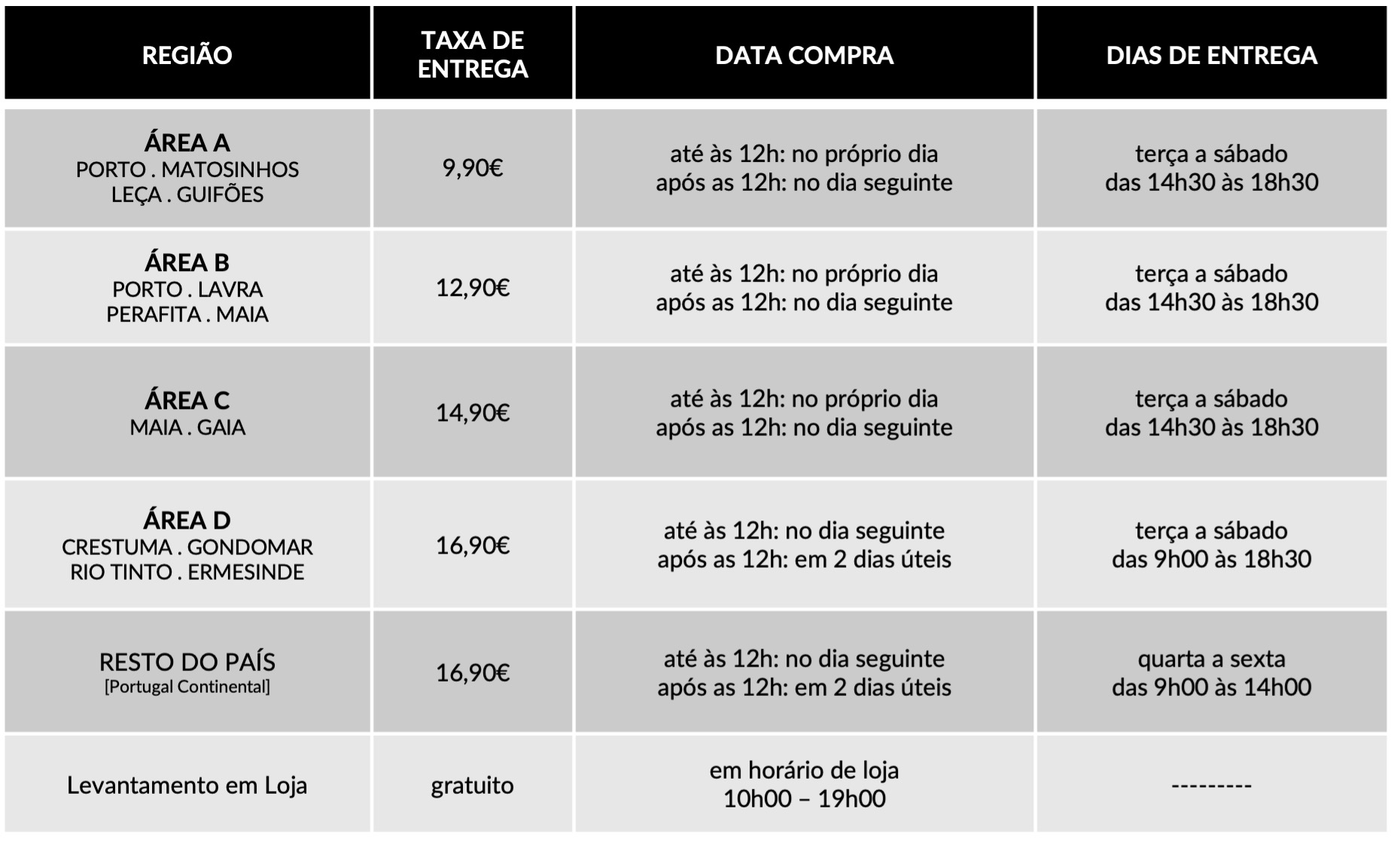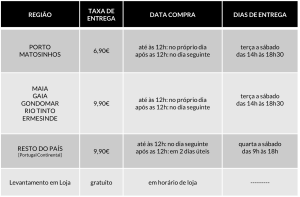Privacy Overview
| Cookie | Duração | Descrição |
|---|---|---|
| cookielawinfo-checkbox-analytics | 11 months | This cookie is set by GDPR Cookie Consent plugin. The cookie is used to store the user consent for the cookies in the category "Analytics". |
| cookielawinfo-checkbox-functional | 11 months | The cookie is set by GDPR cookie consent to record the user consent for the cookies in the category "Functional". |
| cookielawinfo-checkbox-necessary | 11 months | This cookie is set by GDPR Cookie Consent plugin. The cookies is used to store the user consent for the cookies in the category "Necessary". |
| cookielawinfo-checkbox-others | 11 months | This cookie is set by GDPR Cookie Consent plugin. The cookie is used to store the user consent for the cookies in the category "Other. |
| cookielawinfo-checkbox-performance | 11 months | This cookie is set by GDPR Cookie Consent plugin. The cookie is used to store the user consent for the cookies in the category "Performance". |
| viewed_cookie_policy | 11 months | The cookie is set by the GDPR Cookie Consent plugin and is used to store whether or not user has consented to the use of cookies. It does not store any personal data. |

Dedicamos toda a atenção na manutenção e preservação das nossas Flores, garantindo que cheguem ao nosso cliente com toda a frescura, qualidade e beleza. Disponibilizamos várias soluções de manutenção e embalamentos adequando sempre a cada necessidade e contexto da entrega.
Pode incluir na sua oferta uma mensagem personalizada que irá ser reproduzida por nós. No processo da compra online basta preencher o campo ”dedicatória” e escrever a mensagem pretendida.
Valorizamos e priorizamos a qualidade dos serviços e dos nossos produtos. Todas as flores disponibilizadas nos ramos e arranjos disponíveis na loja online são frescas e estão em condições de servir o destinatário.
Caso haja alguma insatisfação por parte do cliente, recomendamos que utilize os nossos canais de comunicação para que possamos analisar a questão.
As fotografias são ilustrativas, quer isto dizer que não garantimos a 100% a sua fieldade com a realidade.
As fotografias devem ser interpretadas como uma base de modelo ou de estética onde as alterações estão sujeitas ao stock da flor e ao trabalho humano de cada florista. Note-se que algumas flores são sazonais e não estão disponíveis todo o ano. Como tal, serão necessárias fazer adaptações consoante a época e o stock da flor.
Para casos onde as alterações sejam extremamente notórias, contactaremos o cliente para ajustar a melhor solução.
Não cancelamos nem alteramos encomendas se esta já se encontrar em fase de curso, ou seja, se já tiver saído da loja e em fase de transporte.
Se a encomenda se encontrar no estado inicial, de processo, é possível alterar e cancelar a encomenda e reaver o seu dinheiro.
Caso não havendo outra referência dada pelo utilizador (por exemplo: deixar no porteiro, na loja x, à pessoa y) o utilizador será contactado de imediato para ficar ao corrente da situação e, à falta de alternativas, a encomenda voltará para a Terrárea, Caso seja reagendada uma nova entrega será cobrada novamente taxa de entrega.
Sublinhamos a importância dos dados fornecidos pelo utilizador estarem correctos e claros. Há sempre a possibilidade do utilizador acrescentar um ponto de referência e outras informações para que não hajam quaisquer dúvidas no acto da entrega garantindo, assim, a qualidade do serviço.
Lamentamos mas não podemos facultar essa informação, se o cliente que realizou a encomenda não pretender.
Estamos abertos a alterações embora estas estejam sempre condicionadas pelo tipo de pedido do utilizador, stock em loja e conceito estético. Nestes casos sugerimos o contacto telefónico ou por email.
Queremos satisfazer todos os nossos clientes e oferecer o nosso melhor serviço. Agradecemos, por isso, todas as opiniões e sugestões para podermos encontrar soluções às suas necessidades! Contacte-nos a partir dos seguintes meios: via email info@terrarea.pt ou telefone 223 170 414
You can see how this popup was set up in our step-by-step guide: https://wppopupmaker.com/guides/auto-opening-announcement-popups/

Ao subscrever a newsletter aceito o tratamento de dados pessoais segundo as políticas de privacidade.
SIGA-NOS EM
CONTACTOS
223 170 414
(Chamada para a rede fixa nacional)
INFO@TERRAREA.PT
COMERCIAL@TERRAREA.PT


Why a Lightweight Desktop Wallet + Multisig Is the Sweet Spot for Experienced Bitcoiners
Okay, so check this out—if you like your Bitcoin wallets fast, low-friction, and secure without turning into a server farm, multisig on a lightweight desktop client is often the best tradeoff. I’m biased toward tools that let you move quickly while keeping custody strong. That said, design choices matter; some feel right at first glance and then bite you later. Somethin’ to keep in mind.
First impressions matter. A lightweight desktop wallet gives you snappy UX and less bloat than a full-node setup. But “lightweight” doesn’t mean “trust everything.” These wallets, including the Electrum family, use remote servers to fetch headers and transactions (so you avoid storing the whole blockchain). That reduces local resource use, but introduces trust considerations. Initially I thought that trusting a server was a small cost. Actually, wait—let me rephrase that: the trust surface is small but concrete, and you should treat it like any other tradeoff between convenience and auditability.
Multisig changes the risk model in a good way. Instead of a single seed controlling funds, you require M-of-N cosigners. Two-of-three across separate hardware devices and locations is probably the most pragmatic setup for many people—one hardware wallet at home, one at the office, and a third in a safe deposit box or with a trusted co-signer. On one hand it’s more operational work; on the other hand it dramatically reduces single points of failure. If one key is lost or compromised, your money is still safe—though recovery plans need to be documented and tested.
What “lightweight” actually buys you—and what it costs
Lightweight clients avoid the decade-long sync time and storage needs of a full node. They use SPV-like techniques or a client-server protocol to verify transactions and balances. That means quicker installs, fast searching of history, and portability across machines. However, the wallet relies on one or more servers for proof-of-inclusion and address history. If those servers misbehave, they can omit or lie about transactions. That won’t let them spend your coins unless your private keys are compromised, but it can mess with your view of balances, confirmations, or privacy.
So what to do? Use Tor or SSL connections to servers when possible. If you want to minimize trust, run your own Electrum server (ElectrumX, Electrs, etc.) and connect your desktop wallet to that. It’s a little extra effort but it gives you the best of both worlds: lightweight client interface, full-node level validation from a trusted backend. For many of us that’s the sweet spot.
Hands-on multisig tips (practical, not theoretical)
When setting up multisig with a desktop wallet, these practical details matter more than most people expect:
My instinct said an all-software multisig was flexible. But after testing, hardware-backed multisig just made sense for real security. On the flip side, hardware devices bring firmware and compatibility quirks—so keep them updated and verify vendor signatures when you download firmware.
Workflow examples that work in the real world
Here are three setups to match different threat models. Pick what fits your life.
One caution: multisig complicates coin selection and fee management. It can create UX friction for frequent small payments. If you spend daily, a simpler approach might be better with a hot wallet for day-to-day spending and a multisig cold vault for large holdings.
A few Electrum-specific notes
If you want a tried-and-tested lightweight desktop wallet that supports multisig workflows and integrates well with hardware wallets, consider Electrum. It provides a mature interface for creating M-of-N wallets, managing xpubs, exporting/importing PSBTs, and running in watch-only mode for monitoring. Connect it to a trusted Electrum server or run one yourself for maximum assurance. See a practical, user-facing resource here: https://sites.google.com/walletcryptoextension.com/electrum-wallet/
Be mindful: Electrum’s protocol depends on server infrastructure. Use Tor if you want privacy improvements, and verify software downloads. When generating seeds, write them down on paper (or better, metal) and store them in geographically diverse locations. And if your wallet uses non-standard derivation paths, note them—without that, you might not be able to sweep funds later.
FAQ
Q: Can I use a lightweight wallet for large-sum cold storage?
A: Yes, but pair it with multisig and hardware devices. Lightweight clients are fine if you control the keys. For the strongest guarantees, run your own backend server and keep at least two cosigners in secure, separated locations.
Q: How many cosigners should I have?
A: It depends. 2-of-3 is a pragmatic sweet spot for individuals: resilience plus recoverability. Organizations often use 3-of-5 to limit single-person control while accommodating absences and turnover.
Q: Are PSBTs safe to move between devices?
A: PSBTs are the recommended flow for air-gapped signing. Move them via QR or a clean USB, sign on an offline device, then import back to broadcast. Always verify the unsigned transaction details before signing.
So yeah—lightweight desktop wallets with multisig aren’t for everyone, but for experienced users who want speed without giving up custody control, they hit a practical sweet spot. My takeaway after doing this a while: invest in good metadata hygiene, test recoveries, and prefer hardware cosigners. That will save you headaches later, trust me.